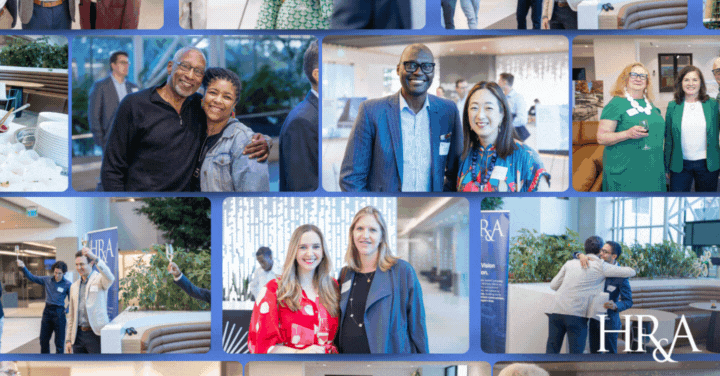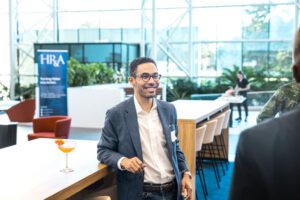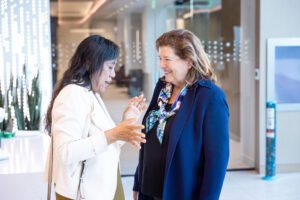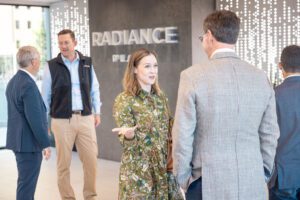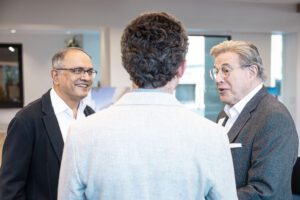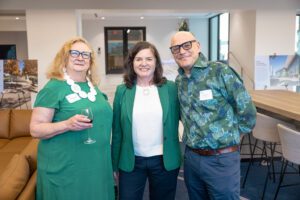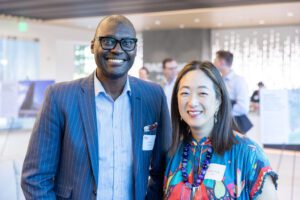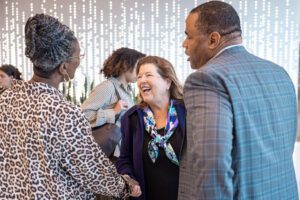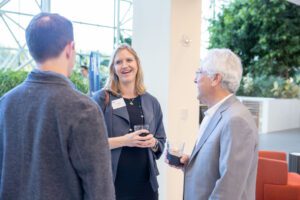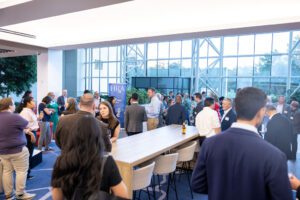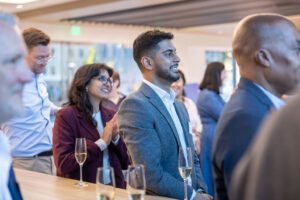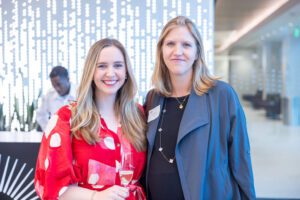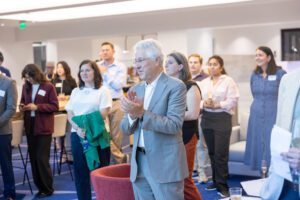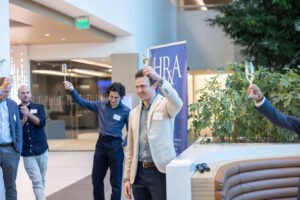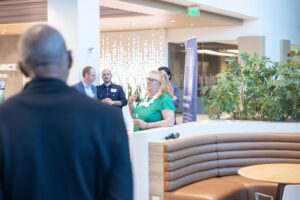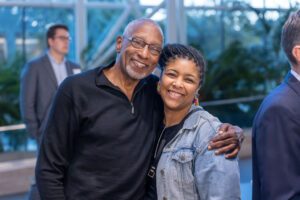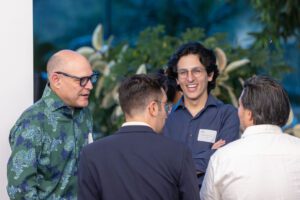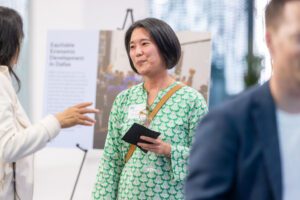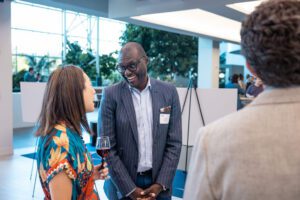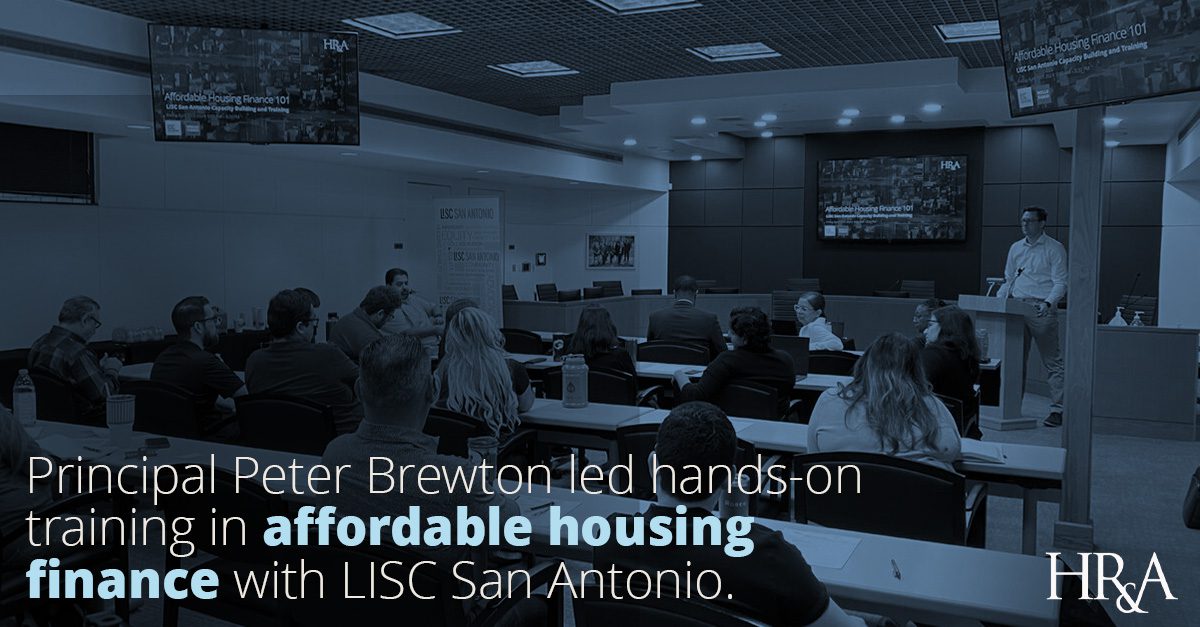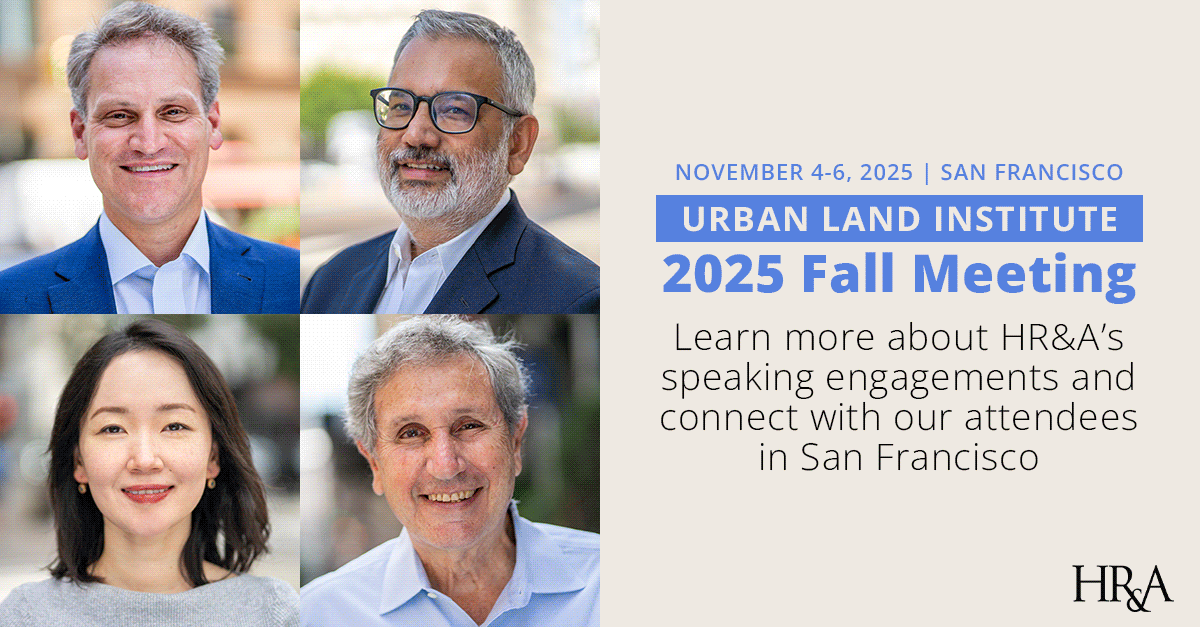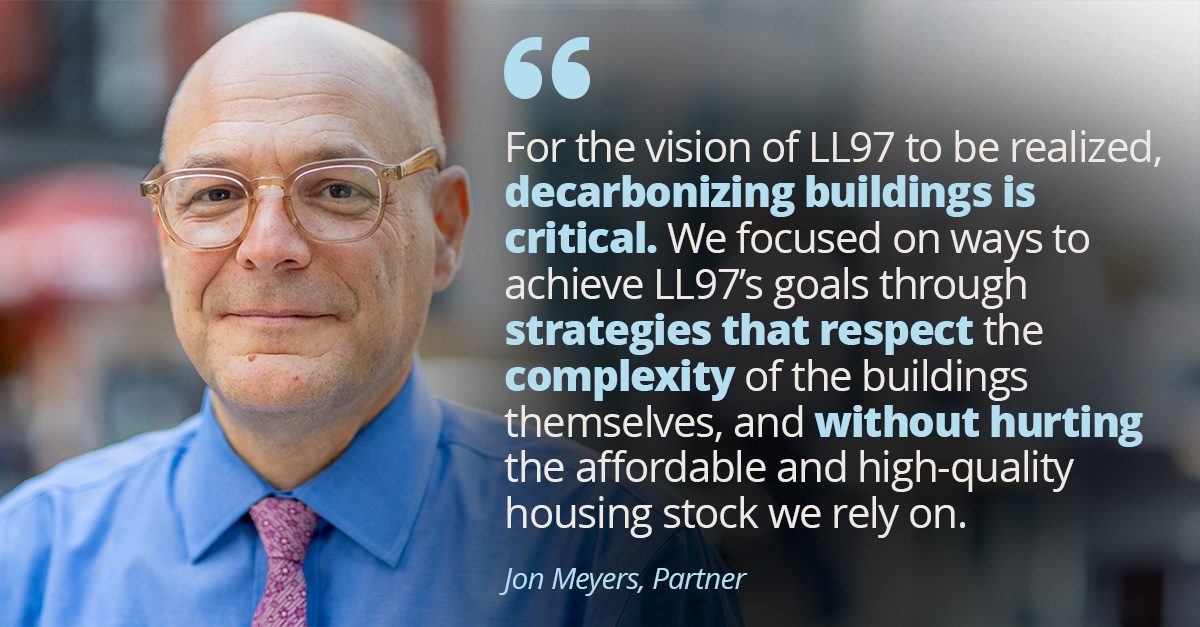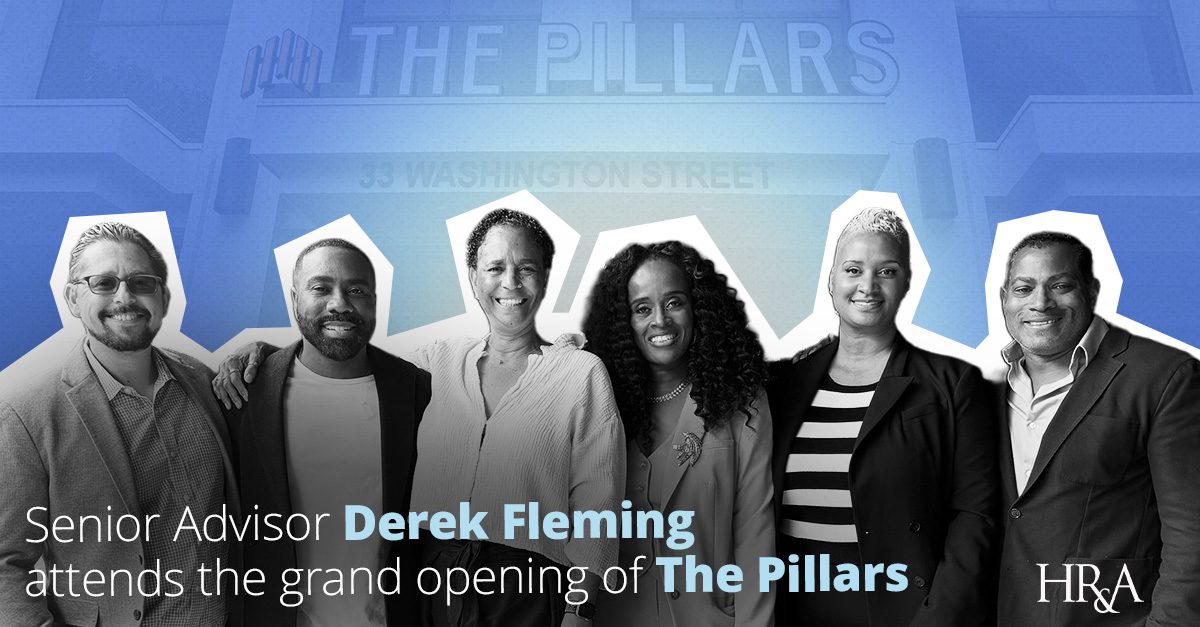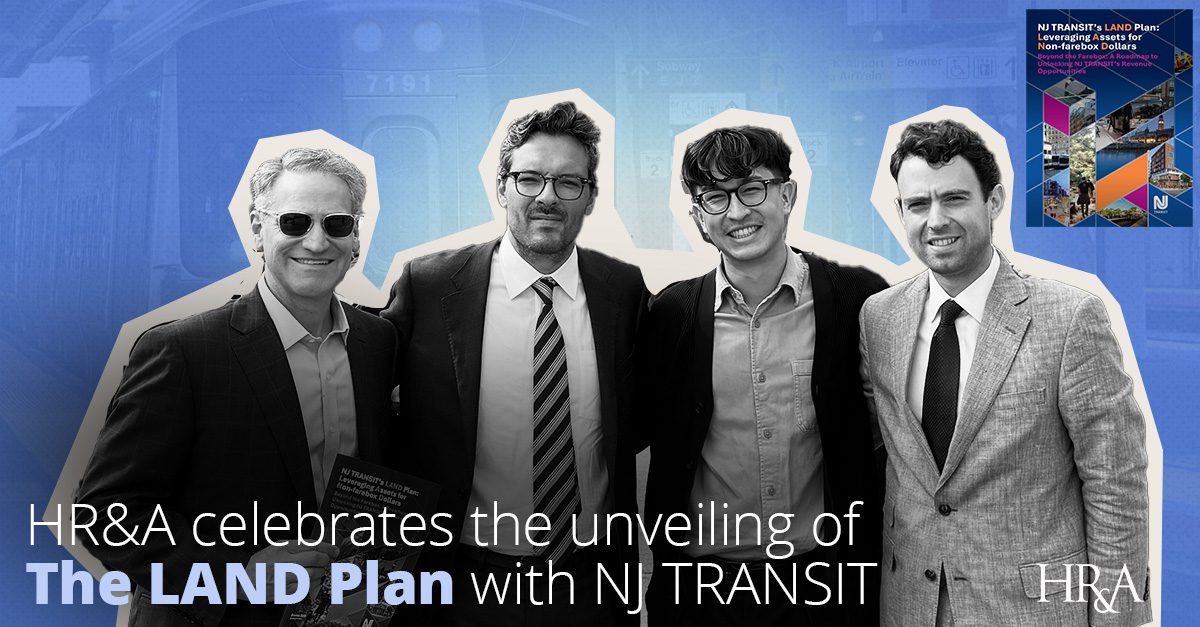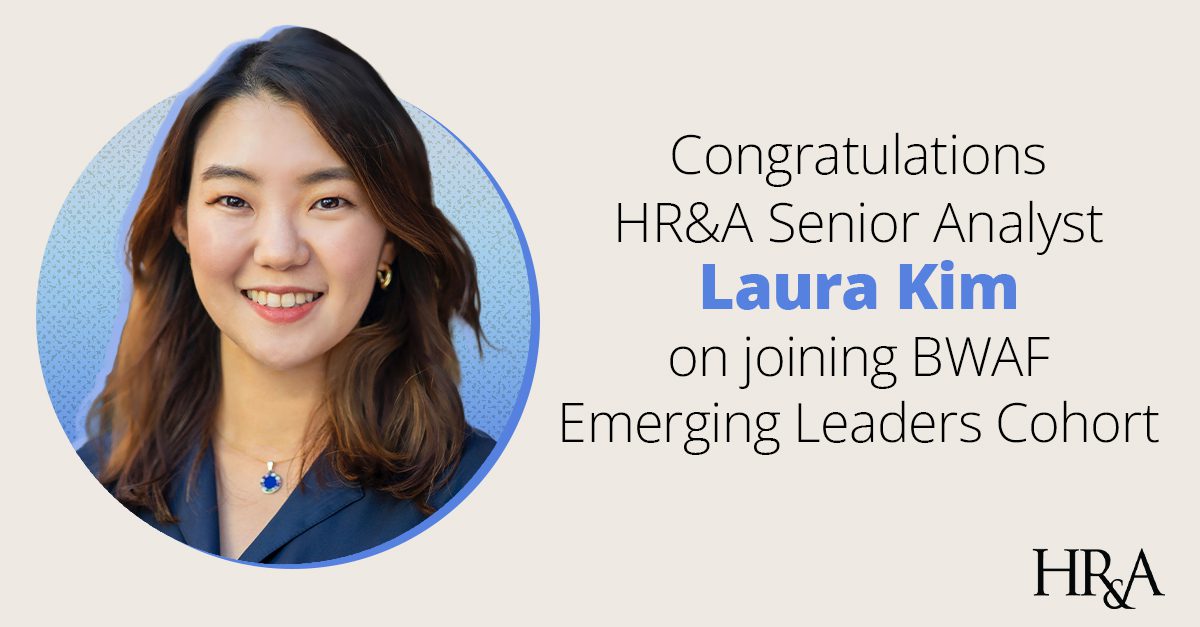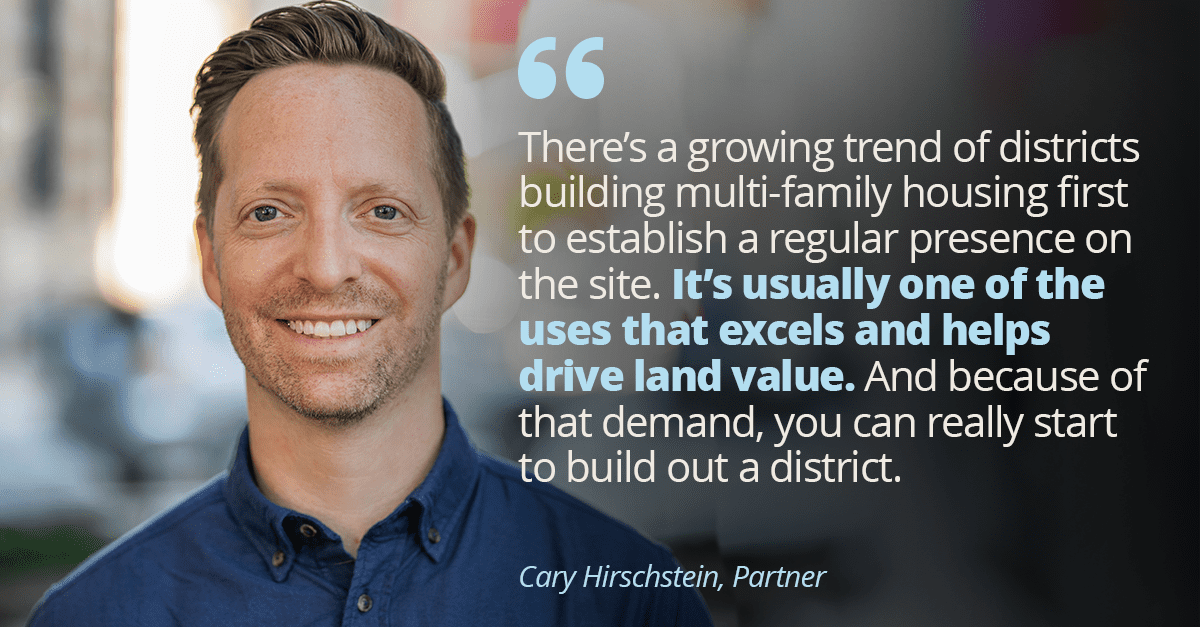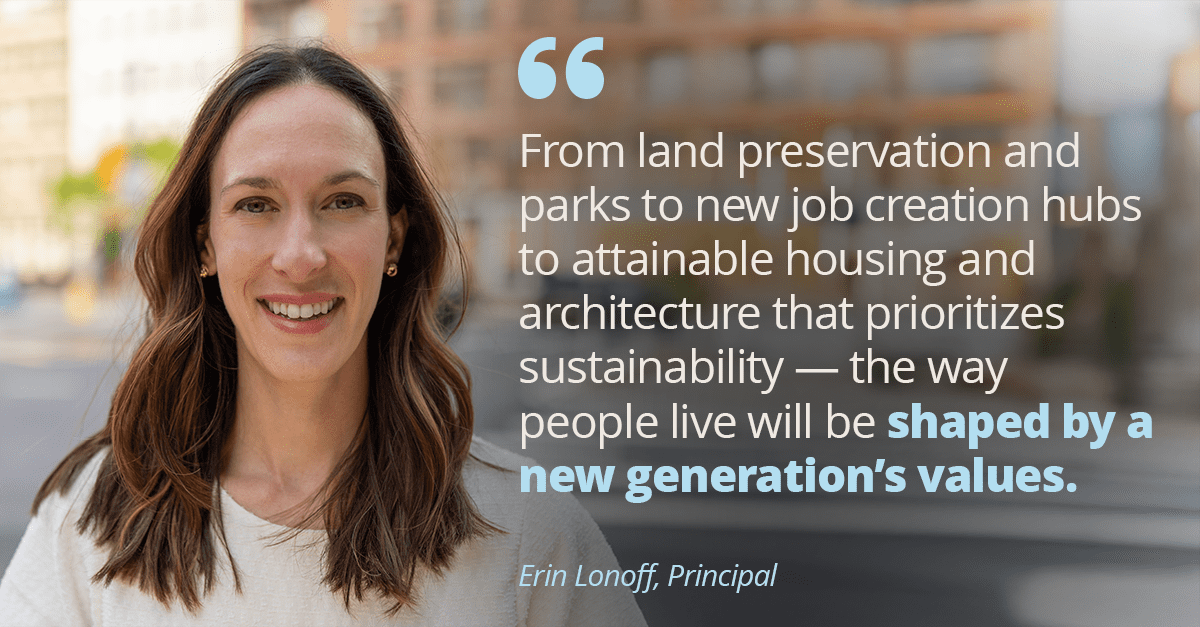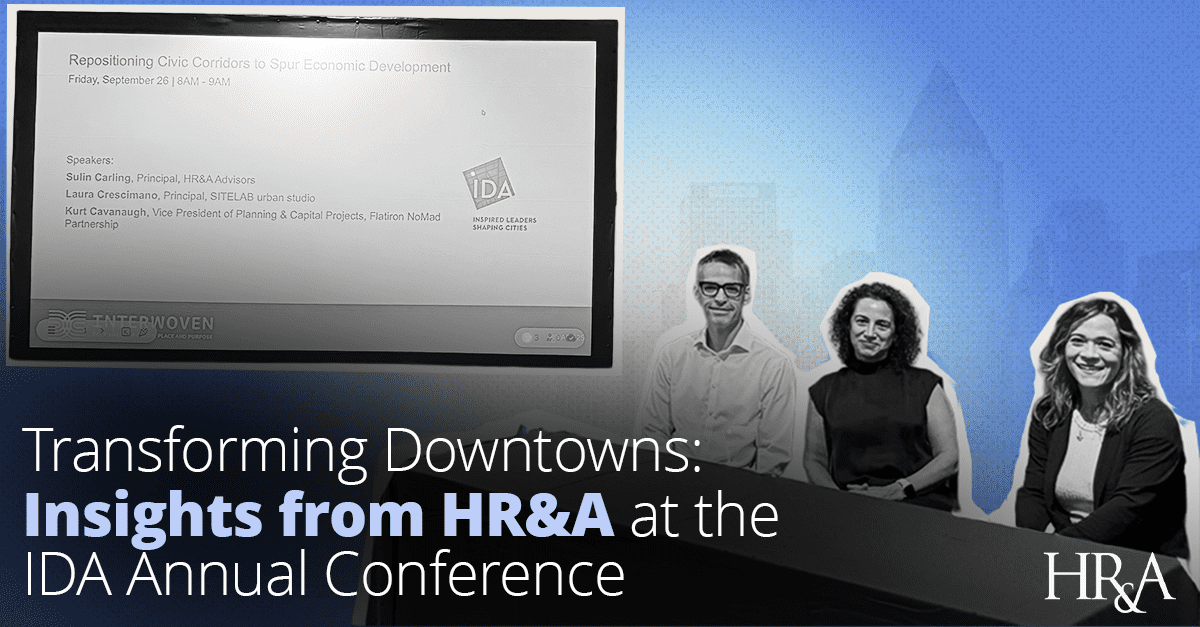This opinion piece by Erin Lonoff was originally published in Governing.
Millennials — Americans born between the early 1980s and late ’90s — are about to become the nation’s wealthiest generation. Estimates of assets that will move from baby boomers to millennials over the next two decades range from $84 trillion to $124 trillion, a transformation that will have a profound impact on how cities look and function.
Local governments will need to begin preparing for this transformation. That’s because family real estate is a crucial part of the coming wealth transfer: While boomers make up 20 percent of the country’s population, they own 41 percent of the real estate. And after years of trailing millennials in home purchases, boomers are now the largest consumers of homes, outpacing that younger generation 42 percent to 29 percent in 2024. Beyond single-family homes, inheritances will also include assets like commercial and industrial properties and greenfield sites ready for development.
Some boomers are already passing down assets in the form of cash or real estate to family or selling it to younger generations. The great wealth transfer has even made its way into the cultural Zeitgeist with shows like Succession. How will a new generation of real estate owners, one whose values differ from those of their parents in many ways, use these new assets?
Millennial preferences, like those of generations before, have been shaped by the economic conditions from when they first entered the workforce, when many were saddled with student loans and high unemployment and underemployment. Other hallmarks of the American dream — buying a home, owning a car, getting married and having children — weren’t financially feasible on the same timeline as their parents. These experiences informed this generation’s perspectives and values — and the types of neighborhoods where they want to live and work.
This offers some clues about what factors will be shaping millennials’ relationship to their newly acquired real estate. Millennials consistently place an emphasis on finding meaning and purpose in their work, indicating a propensity for values-driven decision-making. Aside from financial returns, millennials will likely be looking for alignment with personal values and community impact when leading real estate developments. It’s a generation of new property owners who are more likely to reject the notion that large-lot, single-family subdivisions are always the best use of land.
A renaissance of mission-driven real estate development is underway. Manresa Island in Norwalk, Conn., is one example: Two millennial philanthropists have committed to transforming a brownfield site into a public park for the city. Opening up waterfront access for the first time in nearly 75 years, this publicly accessible space will serve as a community amenity designed with sustainability and resilience in mind. These considerations position the park as a model for adaptive reuse for post-industrial infrastructure, aligning generational values with thoughtful development.
Millennials are also a generation that values experiences: Eighty-five percent say they are willing to pay more to live in walkable neighborhoods, compared to 69 percent of baby boomers. It’s a generation that wanted to move to cities and seek out more mixed-use communities with experiential retail.
Interest in mixed-use developments that contribute to a better work-life balance also inform millennial investment strategies, demonstrating the impact of hybrid work on their lifestyles and shifting preferences. This might translate to the development of more walkable, less car-dependent neighborhoods with locally owned shops and restaurants. It may also translate to a deeper focus on new affordable and attainable housing, as millennials continue to bear the brunt of America’s housing crunch. And, if planned correctly, those values can align with financial return.
To prepare for this generational real estate transfer, cities should begin updating zoning codes and creating policy toolkits to incentivize the kind of development they want to see when private landowners and the market are ready to change. Municipal governments may also consider actively engaging with large landowners to understand potential future transfers and find ways to partner to deliver on public policy goals through development.
Current and future millennial landowners can also prepare by considering how their soon-to-be-acquired land assets might best reflect and amplify their values. They have the potential to use their real estate inheritance to create places where they want to spend time and improve outcomes for more of the community. From land preservation and parks to new job creation hubs to attainable housing and architecture that prioritizes sustainability — the way people live will be shaped by a new generation’s values.
Erin Lonoff is a principal with HR&A Advisors who works in urban planning, economic analysis and real estate.
